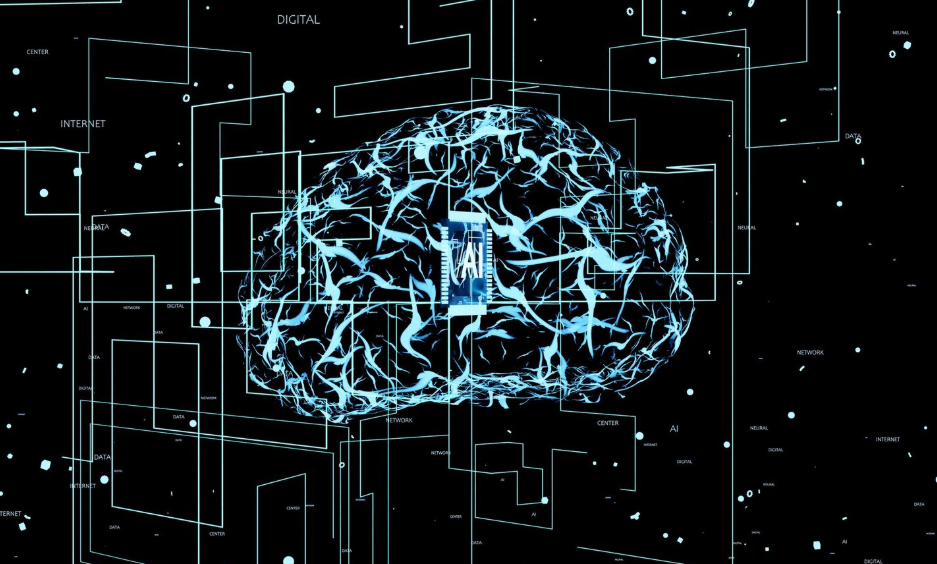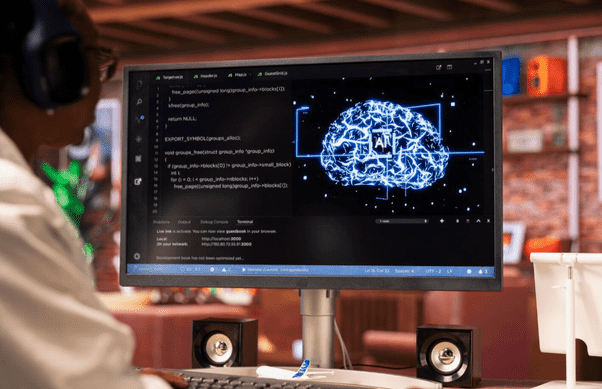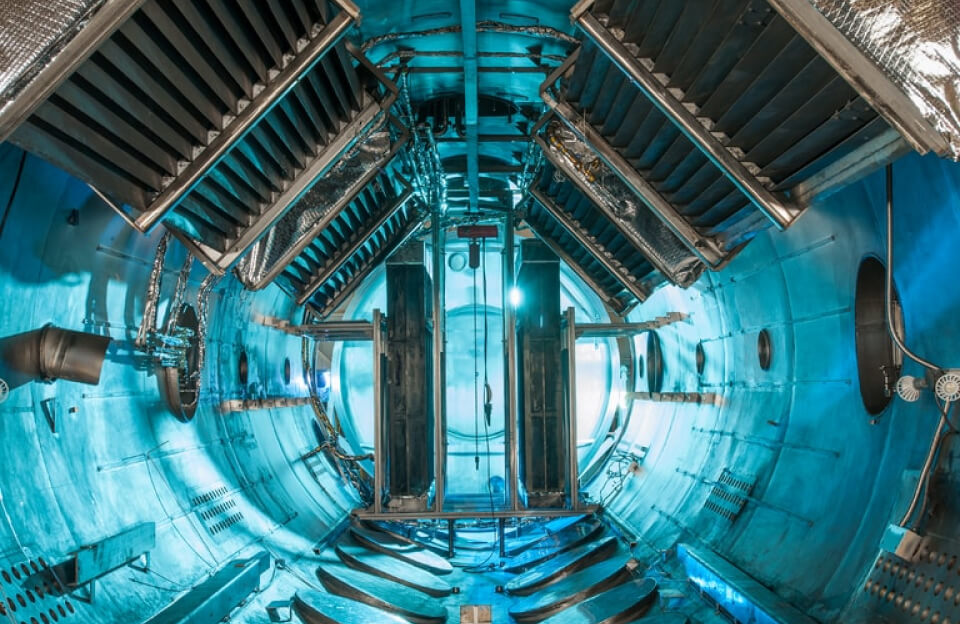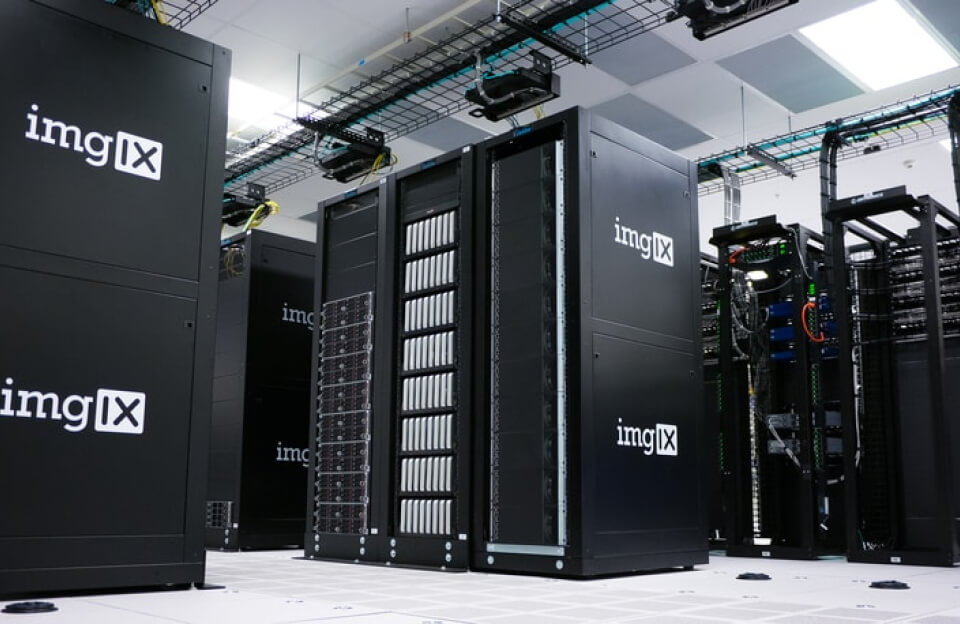The technology landscape in the US is changing at an ever-increasing rate, and one of the most innovative and transformative systems to come out of this is spiking neuromorphic computing. Different from normal architectures, neuromorphic systems are based on the human brain, combining computers with the mechanisms for information processing found in the human brain. This makes for machines that can process information more efficiently, learn through experience, and adapt to new situations. Consequently, this technology is gaining unequivocal importance in areas such as AI research, robotics, healthcare, and other industries. In this paper, we will look into what neuromorphic computing is, how it works, its applications, advantages, challenges, and its purpose for the US industries.
What is Neuromorphic Computing?
In recent days, the term neuromorphic computing has come to be known as a computing architecture mimicking the structure and function of the human brain, as opposed to conventional computers that do nothing but handle information sequentially. Neuromorphic systems are based upon networks with artificial neurons and synapses that, in turn, process data in parallel, allowing them to perform highly complex computations and computations in general at much lower wattage compared to linear systems.
To put it rather metaphorically, neuromorphic computing will, as well as the human brain might, enable machines to think for themselves, immediately make decisions, have a power of recognition, and exhibit behavior on a circumstantial basis. Intended as an entirely new mode of computation for adaptive systems, indeed, neuromorphic computing does stand alone and greatly contrasts with conventional linear computing models.
How Does Neuromorphic Computing Differ from Traditional Computing?
The Von Neumann architecture, which is used in traditional computers, separates processing units and memory. This leads to bottlenecks due to the constant movement of data between the memory and the Central Processing Unit. On the contrary, neuromorphic processing combines the functions of memory and processing within artificial neurons; this makes computation faster and more power-efficient.
Key Differences
| Feature | Traditional Computing | Neuromorphic Computing |
|---|---|---|
| Architecture | Sequential, CPU & memory separate | Parallel, brain-inspired neural networks |
| Energy Efficiency | Moderate to high | Extremely low |
| Adaptability | Fixed algorithms | Learns and adapts over time |
| Task Suitability | Structured tasks | AI, pattern recognition, sensory processing |
Thus, by mimicking the brain’s parallel processing, neuromorphic computing opens up new possibilities for AI and intelligent systems.

Applications of Neuromorphic Computing in the US
The United States is leading the world in neuromorphic computing research and commercial development. Besides, neuromorphic computing has many cross-industry applications, from healthcare to autonomous vehicles. Some examples follow:
Artificial Intelligence and Machine Learning.
About AI and machine learning (ML), neuromorphic computing will enhance both dramatically. It mimics the parallel processing of the brain, leading to faster and more efficient AI training. This is the reason why U. S. tech companies are working on neuromorphic chips to either power the AI while using less energy.
Robotics and Autonomous Systems.
Real-time data is a must in a robotics system or a self-driving car. Neuromorphic computing speeds up the ability of these devices to sense, learn, and react. Thus, the U. S. robots and autonomous cars are getting safer, adaptive, and reliable in complex environments.
ITES for Onsite Medical Devices.
Therefore, neuromorphic systems could transform healthcare and allow it to deliver smart prosthetics, brain-machine connections, and AI diagnostic decorators. Neuromorphic chips are capable of processing signals in a nervous way, which gives prosthetic limbs the capacity to respond equally as predicted from the intentions of their users. It follows, therefore, that US medical technology startups have a serious stake in getting neuromorphic solutions for enhancing patient outcomes.
Cybersecurity
Neuromorphic computing adapts to unify the complex aspects of cybersecurity for defense. These systems can identify threats as and when they evolve by identifying atypical patterns in network traffic, enabling them to automate responses in real-time mode. UMTechs and government organizations in the U. S. are taking advantage of the use of neuromorphic technology to reinforce cybersecurity infrastructures.
Internet of Things (IoT)
For IoT devices to operate continuously, efficient, low-power computing is an indispensable requirement. With neuromorphic chips, edge devices can avoid the need for cloud-based processing. As a result, it cuts down on latency and optimizes energy use. The US is witnessing a surge toward the integration of neuromorphic computing with IoT applications in categories inclusive of smart homes and industry.
Advantages of Neuromorphic Computing
The growth in neuromorphic computing will mark several benefits, notably in the U. S. industrial sector:
- Energy savings: Neuromorphic systems are set to consume much less power than traditional computer hardware, making them both cost-efficient and eco-friendly.
- Real-time processing: Parallel data processing allows much speedier decision-making and instantaneous responses.
- Adaptability: Neuromorphic systems can learn from new inputs and adjust their responses, but, unlike human cognition, at an exponential rate.
- Augmented AI: Systems are excellent in pattern recognition, sensory data processing, and unstructured data analysis.
- Scalable: Neuromorphic architectures are meant to power small edge devices and large supercomputers equally.
Therefore, as businesses and research institutions in the United States, there is huge potential for businesses to embrace this technology to stay competitive.
Challenges of Neuromorphic Computing
While resulting in benefits, there are several challenges for neuromorphic computing:
- Hardware Development: Developing a reliable neuromorphic chip is complex and costly.
- Software Ecosystem: Neuromorphic programming is never expected to evolve similarly, thereby creating the need for different tools and frameworks.
- Integration: Integrating neuromorphic systems within existing infrastructures rather than creating new ones poses a tedious task for USA Companies till now.
- Commercialization: Even though there is significant research, large-scale commercial execution is in its early stages.
Hence, identifying and addressing these challenges would play a huge role in ensuring higher adoption of Neuromorphic computing within the U.S.
Ways To Apply Neuromorphic Computing In U. S. Corporations
The U. S. corporations stand to gain a lot from Neuromorphic computing if they adopt a strategic plan. These are a few to follow:
- Invest in R&D: Collaborate with universities and AI labs for neuromorphic solutions.
- Pilot Study: A process that deploys small proof of concepts and pilot projects in the fields of AI, robotics, and IoT to affirm capabilities.
- Build Expertise: Train engineers and data scientists in neuromorphic programming and architecture, and keep them up to speed.
- Collaborate with Chip Makers: Establish manufacturing alliances with companies producing Neuromorphic processors.
- Keep Track of Industry Trends: Keep track of their latest trends and breakthroughs, as well as any initial instances of industry usage.
By deploying the above strategies, U. S. businesses do stand to gain in terms of efficiency, innovation, and competitiveness.
What Is The Future Of Neuromorphic Computing In The USA?
Neuro-morphic computing in the United States has the prospect of running great them- selves. Backed by huge investments made by the tech giants, startups, and federal research programs, neuromorphic systems are moving from the shelf into real-world applications. And it is predicted by the experts that the mainstreaming of this exciting technology in ten years will change brain cells over to the explosion of AI, robotics, healthcare, cybersecurity, and the IoT.
Under the long-term medium-term perspective, the United States stands ready to adopt neuromorphic systems for energy-efficient treatment of system implementation in terms of solid, high-performance computing solutions in order to meet the rise in energy efficiency.
Conclusion
Neuromorphic computing represents a game-changer in contemporary technology. Simulating the human brain, its ultimate efficiency, flexibility, and intelligence exceed comparison. On the other hand, U. S. industry may expect heavy dividends from this technology in fields such as healthcare, robotics, security, and IoT operations.
Notwithstanding the challenges of hardware, software configurations, and integration, it could really be said in all seriousness that all the U. S. research communities, companies, and policymakers should need to focus on neuromorphic computing. Should the U. S. succumb today to early adoption, then it will not only be an instrument to drive further progress in research and commercialization of the technology, but it will also draw the upcoming AI-led economy quite narrowly for other countries to remain competitive in.
Until the United States yields its position of leadership in technological innovation, the business strategy of adopting neuromorphic computing is pivotal for raising the next generation of intelligent systems.



